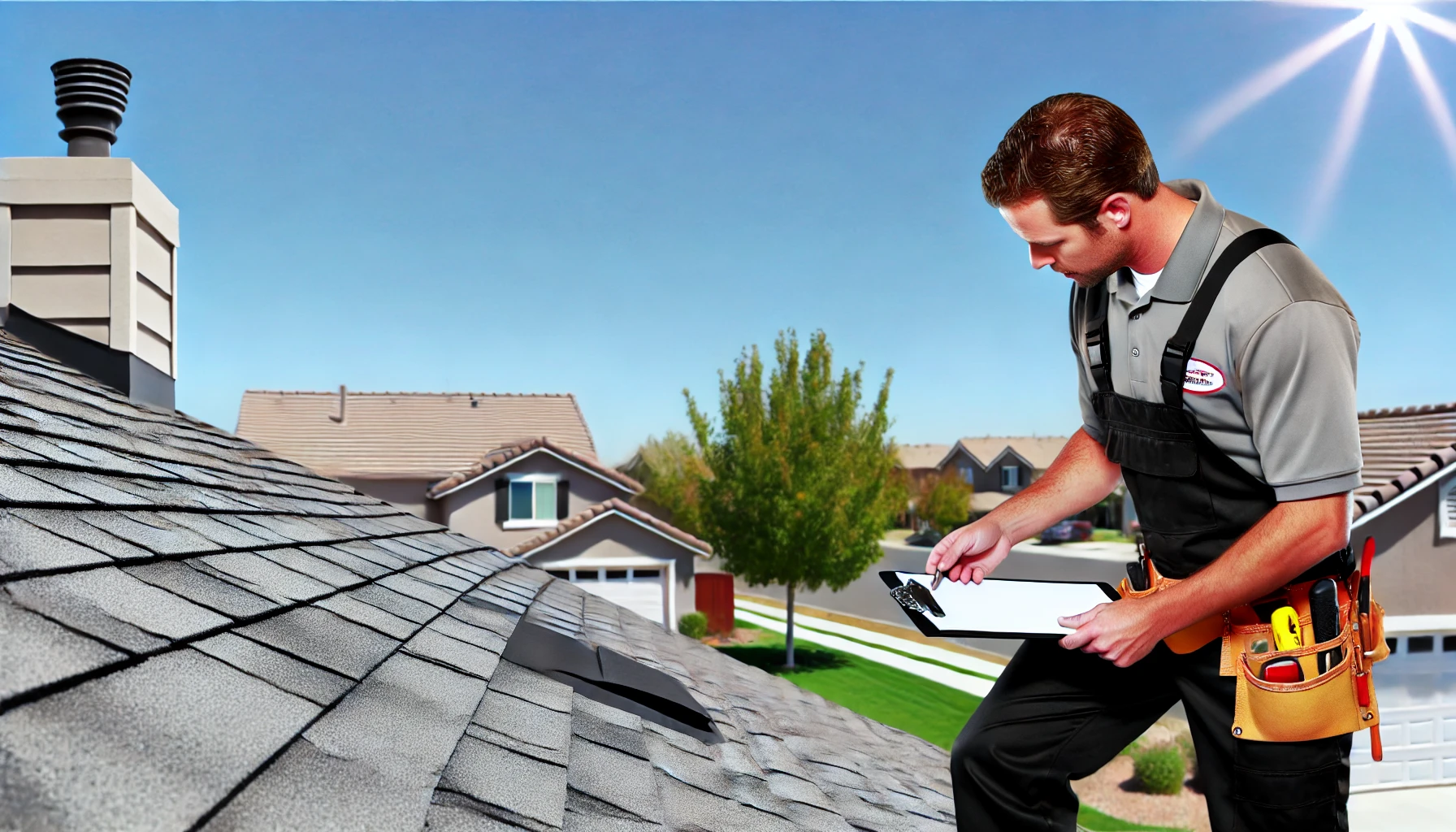How to Spot Hidden Roof Damage Before It Gets Worse. Your roof is your home’s first line of defense against the elements, but damage isn’t always easy to spot. Hidden roof damage can silently grow into major problems, compromising your roof’s integrity and leading to costly repairs. Identifying these issues early can save you money and extend the lifespan of your roof. Here’s how you can spot hidden roof damage before it gets worse.

How to Spot Hidden Roof Damage Before It Gets Worse
Your roof may look fine at first glance, but hidden damage can quietly undermine its integrity, leading to unexpected repairs and significant expenses. Whether caused by aging materials, harsh weather, or subtle wear and tear, these issues often go unnoticed until they become severe. Knowing how to spot these hidden signs early is key to protecting your home and avoiding costly surprises. At Mock 3 Performance Roofing, we’re here to help you identify and address these issues before they escalate, ensuring your roof remains strong and reliable for years to come.
1. Check for Interior Signs of Water Damage
Hidden roof damage often reveals itself inside your home before it’s visible on the exterior. Look for these telltale signs:
- Water Stains: Yellow or brown spots on your ceilings or walls can indicate a roof leak.
- Peeling Paint or Wallpaper: Excessive moisture from a roof leak can cause paint or wallpaper to bubble and peel.
- Mold or Mildew: Musty smells or visible mold can be signs of a slow roof leak that’s allowing moisture to build up.
If you notice any of these issues, it’s time to inspect your roof or call a professional.
2. Inspect the Attic
Your attic is a critical area for spotting hidden roof damage. With a flashlight in hand, look for:
- Daylight Peeking Through: Light streaming through cracks or holes in the roof decking indicates gaps that need immediate attention.
- Damp Insulation: Insulation that feels wet or appears discolored may point to a roof leak.
- Water Streaks or Spots: Water trails on rafters or walls are clear signs of roof damage.
Regular attic inspections, especially after storms, can help catch problems early.
3. Examine the Roofline
The roofline should be straight and even. A sagging or uneven roofline could indicate:
- Structural issues due to water damage or rotting wood.
- Excessive weight from standing water, snow, or debris on the roof.
A sagging roofline is a serious problem that requires professional evaluation and repair.
4. Look for Shingle Damage
Damaged shingles are one of the most common signs of roof problems. Walk around your property and visually inspect the roof for:
- Missing or Broken Shingles: These can expose your roof to water intrusion.
- Curling or Buckling Shingles: Shingles that curl or buckle are often a sign of aging or poor ventilation.
- Granule Loss: Look for granules in your gutters or around your downspouts. Bald shingles lose their protective layer, making them more vulnerable to damage.
These issues may seem minor but can quickly escalate if ignored.
5. Inspect Flashing and Seals
Flashing and seals around roof features like chimneys, skylights, and vents are vulnerable to damage. Check for:
- Cracks or Gaps: Broken or missing flashing can allow water to seep into your roof.
- Rust or Corrosion: Metal flashing that appears rusty may no longer be providing a watertight seal.
- Loose or Missing Caulking: Over time, caulking can dry out, crack, or peel away, leaving areas exposed.
Regularly inspecting these areas can prevent leaks and ensure your roof remains watertight.
6. Inspect Gutters and Downspouts
Your gutters and downspouts play a crucial role in roof health. Clogged or damaged gutters can lead to water pooling on your roof. Here’s what to check for:
- Clogged Gutters: Debris buildup can prevent water from draining properly.
- Rust or Holes: Damaged gutters can allow water to back up onto your roof.
- Shingle Granules: An accumulation of granules in your gutters is a sign that your roof is deteriorating.
Clean and inspect your gutters regularly to avoid roof-related water damage.
7. Watch for Storm Damage
After severe weather, such as heavy rain, hail, or strong winds, inspect your roof for damage. Signs of storm-related issues include:
- Dents or Cracks: Hail can cause visible dents in shingles or flashing.
- Torn Shingles: High winds can rip shingles off your roof.
- Debris: Tree branches or other debris on your roof can cause punctures or cracks.
Even if your roof looks fine from the ground, schedule a professional inspection after a major storm to ensure hidden damage isn’t lurking.
8. Pay Attention to Energy Bills
An unexplained spike in your energy bills could point to hidden roof damage. Poor ventilation or insulation caused by roof issues can force your HVAC system to work harder, increasing your energy costs. If your bills are higher than usual, it might be time to inspect your roof.
9. Schedule Professional Roof Inspections
While some signs of hidden roof damage are visible, others require a trained eye to detect. Hiring a professional roofing contractor to inspect your roof regularly can help identify problems before they worsen. At Mock 3 Performance Roofing, our expert team provides thorough inspections, using advanced tools to uncover even the smallest issues.
Protect Your Home with Regular Roof Maintenance
Hidden roof damage can lead to significant problems if left untreated. By keeping an eye out for these signs and scheduling regular inspections, you can protect your home and save on costly repairs. At Mock 3 Performance Roofing, we’re committed to helping homeowners maintain strong, durable roofs. Whether you need an inspection, repair, or replacement, our experienced team is here to assist. Contact us today to schedule your roof evaluation and ensure your home stays safe and secure.
South Florida Division
772-267-2479
North Florida Division
352-210-3862
Tags: Roof Damage
